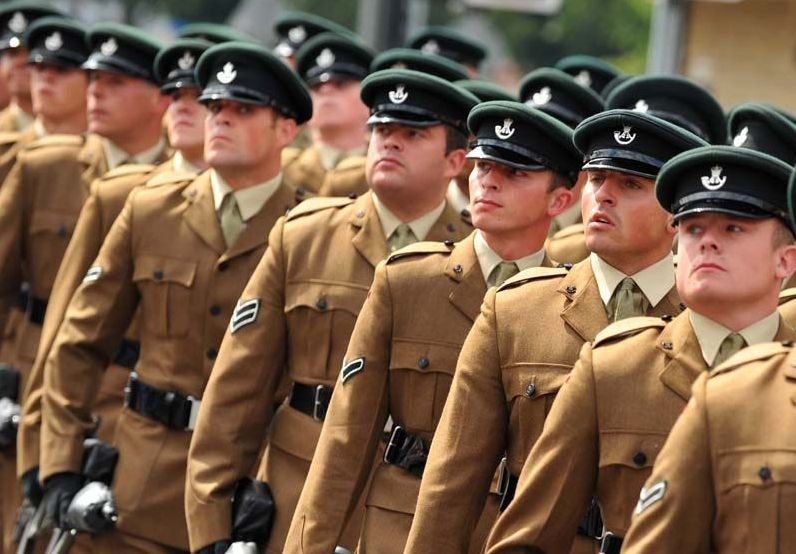The Armed Forces are today announcing the fields from which they will select those to be made redundant in Tranche 2 of the Armed Forces Redundancy Programme.
Plans to reduce the size of the Army by 7,000 personnel and both the Navy and RAF by 5,000 personnel by 2015 in order to ensure our Armed Forces are sufficiently flexible and adaptable to meet the demands of an uncertain future were announced in the Strategic Defence and Security Review (SDSR) in October 2010.
Some of these reductions are being made through a redundancy programme. When looking at the balance of Regular to Reserve forces, further reductions were identified in July 2011 for the Regular Army, taking them to around 82,000 by 2020.
This second tranche will consist of up to 400 members of the Naval Service, up to 2,900 members of the Army and up to 900 members of the Royal Air Force.
This will be the last major tranche for the Navy and the RAF who will be able to achieve the remaining reductions through other manning levers such as slowing down recruiting and not replacing those who leave.
Defence Secretary Philip Hammond said:
“Difficult decisions had to be taken in the SDSR to deal with the vast black hole in the MOD budget. The size of the fiscal deficit we inherited left us no choice but to reduce the size of the Armed Forces – while reconfiguring them to ensure they remain agile, adaptable and effective.
“As we continue with the redundancy process we will ensure we retain the capabilities that our Armed Forces will require to meet the challenges of the future. The redundancy programme will not impact adversely on the current operations in Afghanistan, where our Armed Forces continue to fight so bravely on this country’s behalf.”
No-one who is preparing for, deployed on, or recovering from such operations on the day that redundancy notices are issued will be made redundant unless they have volunteered.
No personnel who are medically downgraded will leave the Armed Forces through redundancy.
Medically-downgraded personnel are not discharged until they have reached a point in their recovery where leaving the Armed Forces is the right decision, however long it takes.
Those who are assessed as being permanently below the level of fitness required to remain in the Forces will not be considered for redundancy, and will instead leave through the medical discharge route at the appropriate stage in their recovery.
Last September 2,860 Service personnel were notified that they had been selected in the first tranche of redundancies. This included 1,020 from the Royal Navy, 920 from the Army and 920 from the Royal Air Force. 62 per cent of those selected had applied to be made redundant.
NOTE: THE FIGURES ANNOUNCED TODAY ARE NOT NEW OR FURTHER REDUCTIONS










